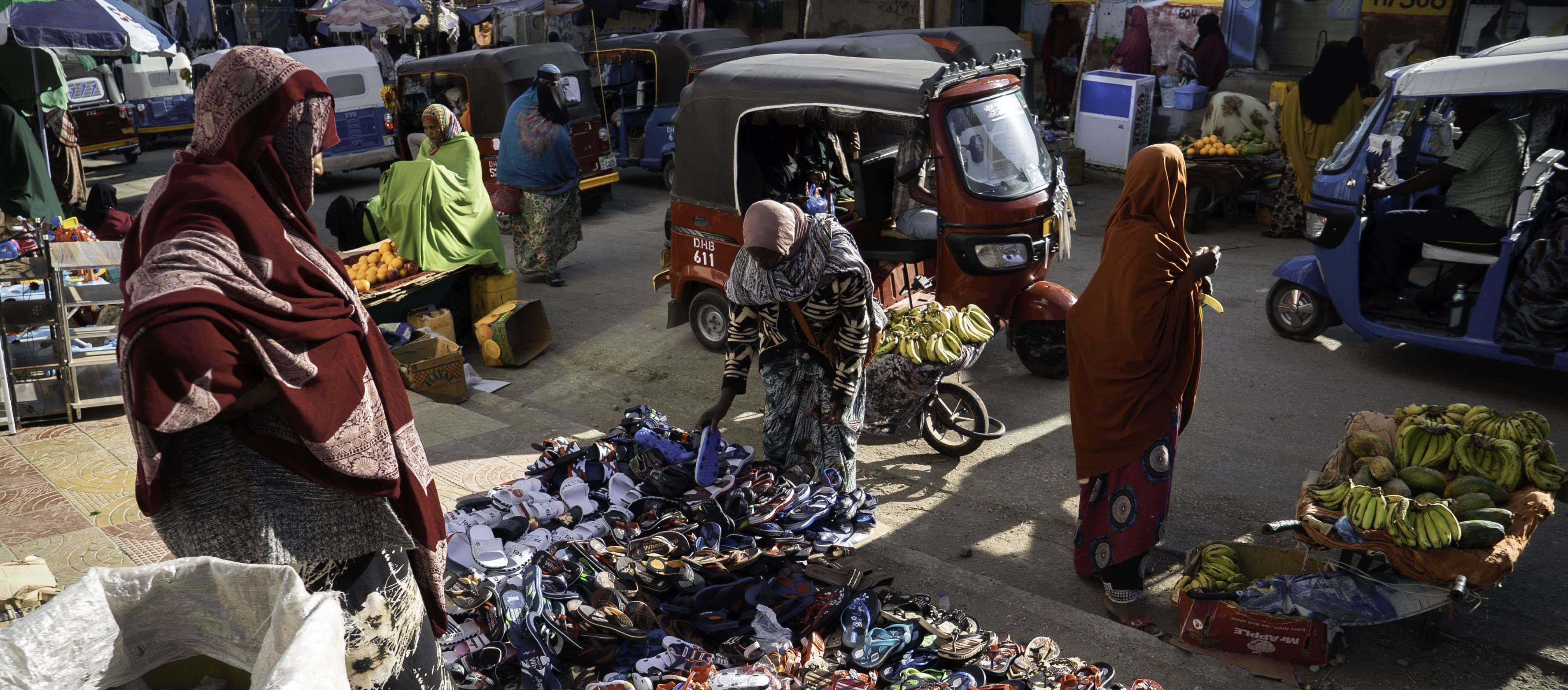Secondary Cities
Growing inequalities are emerging between systems of cities and regions in developing and post-industrialised economies. These inequalities are the product of rapid and uncertain external and internal economic, social, and environmental events and change. The effect has been to deprive many people living, and businesses located, outside of metropolitan areas, in so-called secondary cities, from enjoying the same benefits and opportunities as those living in larger cities.
Small and medium-sized (or intermediary) cities are home to around 30 per cent of the world’s population, but they generate little more than 15 per cent of global GDP. This gap will widen unless governments introduce policies to foster equitable economic growth within systems of secondary cities.
Our award-winning book, Connecting Systems of Secondary Cities, published in 2019 and most recently translated to Chinese, examines how secondary cities can work collaboratively to improve their development prospects, increase prosperity, and leverage public resources to support equitable sub-national economic growth.





